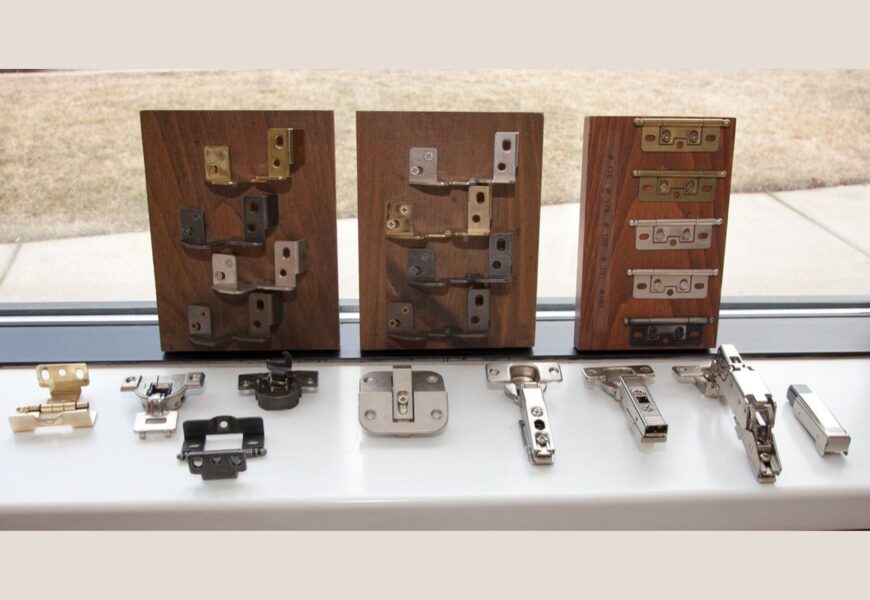Introduction
Imagine opening your kitchen cabinet and finding a sleek, seamless interior with no visible hardware. This is the magic of hidden cabinet hinges, a clever and modern solution for achieving a minimalist look in your home. As interior design trends lean toward clean lines and uncluttered spaces, hidden cabinet hinges have become an essential feature in homes seeking both style and functionality.
In the past, cabinet hinges were often bulky and visible, disrupting the smooth aesthetic of modern cabinetry. Today, hidden hinges provide a clean and contemporary solution that not only enhances the visual appeal of your cabinets but also improves their functionality. This article will explore the world of hidden hinges, their benefits, types, and how to choose the right ones for your home.
What Are Hidden Cabinet Hinges?
Hidden cabinet hinges, also known as concealed hinges, are a type of hinge that is mounted on the inside of the cabinet door, making them completely invisible when the door is closed. Unlike traditional hinges, which are mounted on the outside of the cabinet, hidden hinges are designed to be concealed from view, offering a clean and modern look. These hinges are often used in contemporary and minimalist cabinetry, where design aesthetics play a significant role.
The functionality of hidden cabinet hinges extends beyond their visual appeal. These hinges operate smoothly, allowing doors to open and close effortlessly. They are designed to be durable and reliable, ensuring the longevity of the cabinet. The key difference between hidden cabinet hinges and traditional ones is that the latter are visible from the outside, creating an interruption in the sleek lines of the cabinetry. With hidden cabinet hinges, homeowners can enjoy a seamless design without compromising on functionality.
Types of Hidden Cabinet Hinges
There are various types of hidden cabinet hinges available, each offering specific benefits depending on the style and design of your cabinetry.
1. Concealed European Hinges
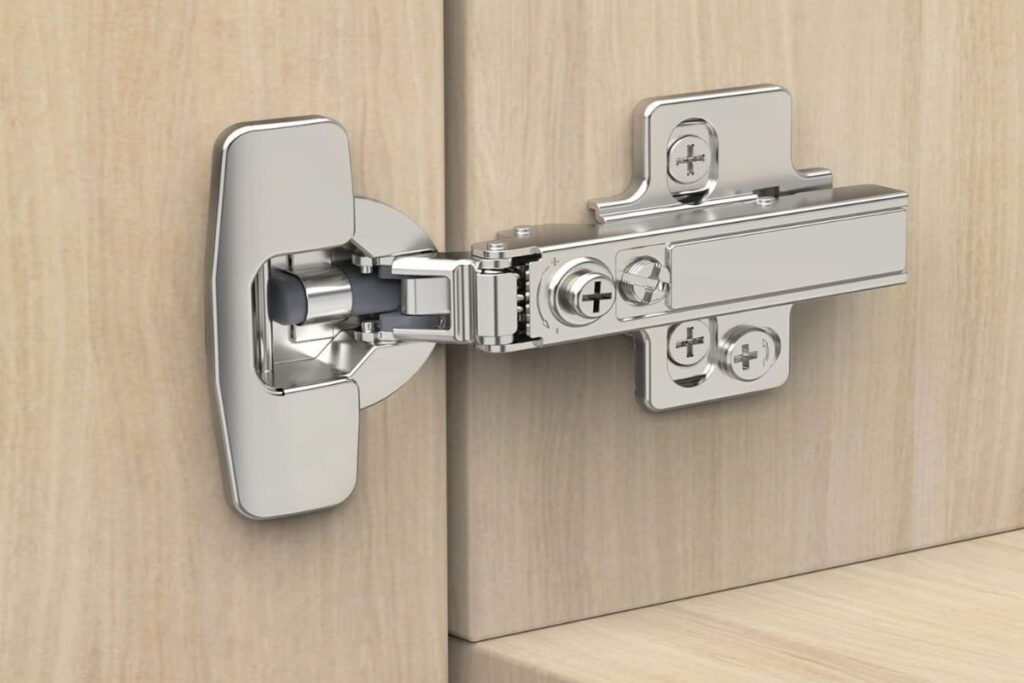
Concealed European Hinges are the most common type of hidden hinges. They are typically used in frameless cabinets, where the door covers the entire opening. These hinges are adjustable, making them ideal for precise alignment of doors. Concealed European hinges are available in various sizes to accommodate different door weights and sizes.
2. Invisible Hinges
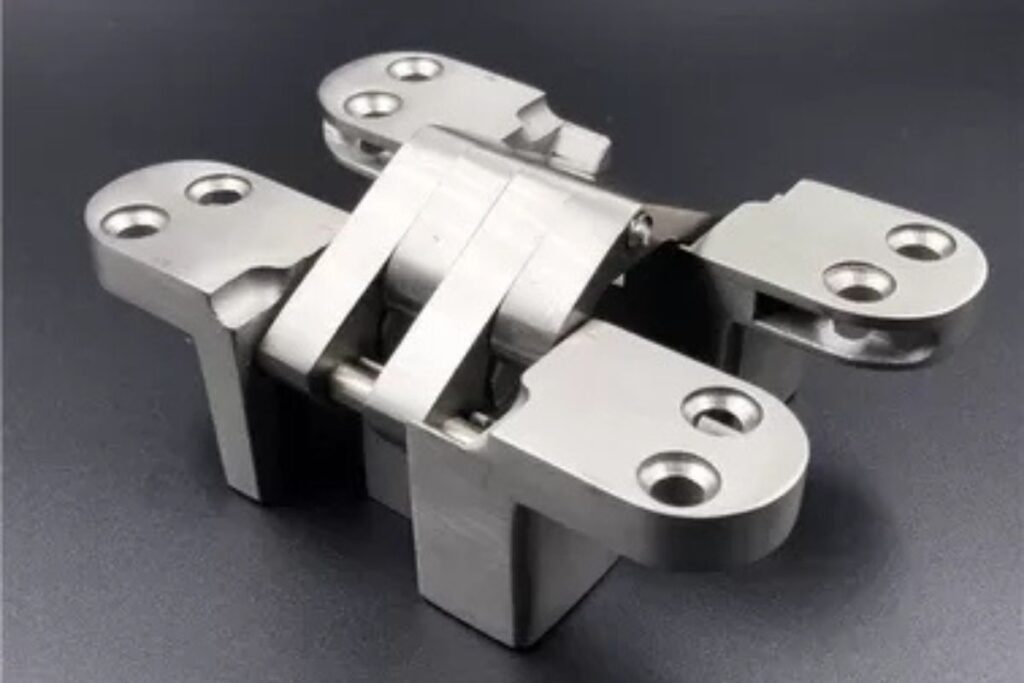
Invisible Hinges are designed to be completely concealed when the cabinet door is closed. These hinges are typically used in high-end cabinetry and custom furniture pieces. They offer an extremely clean look, with no visible hardware, making them perfect for minimalistic and modern designs.
3. No-Bore Hinges
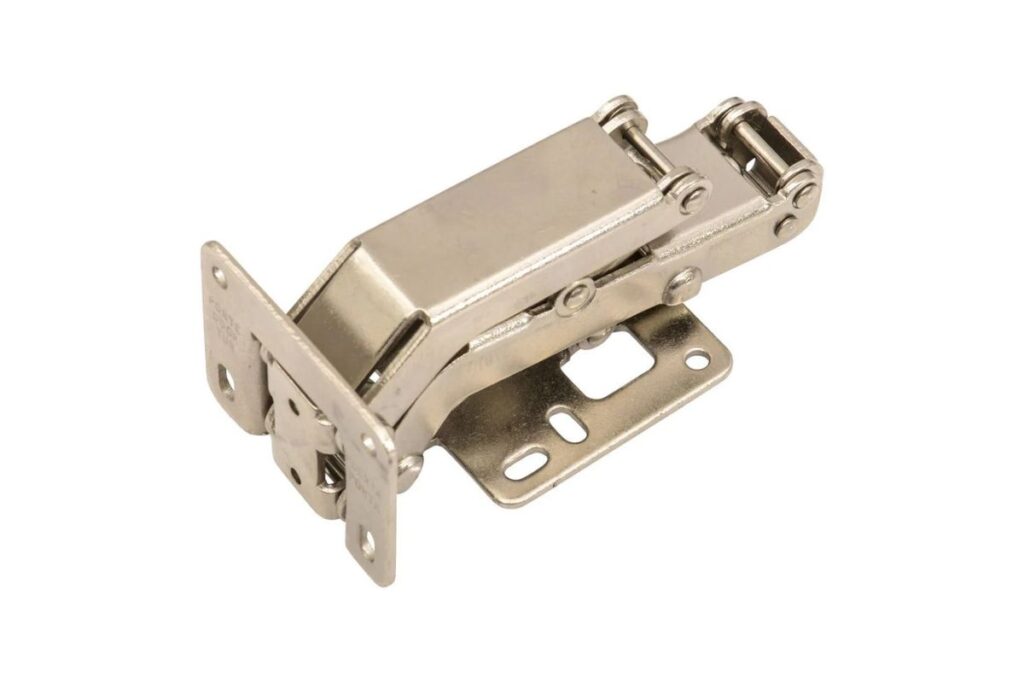
No-Bore Hinges are another innovative option for hidden cabinet hinges. These hinges don’t require pre-drilled holes in the cabinet door, making them easier to install and more versatile. This type of hinge allows for a more flexible design and is ideal for custom cabinetry.
4. Soft-Close Hinges
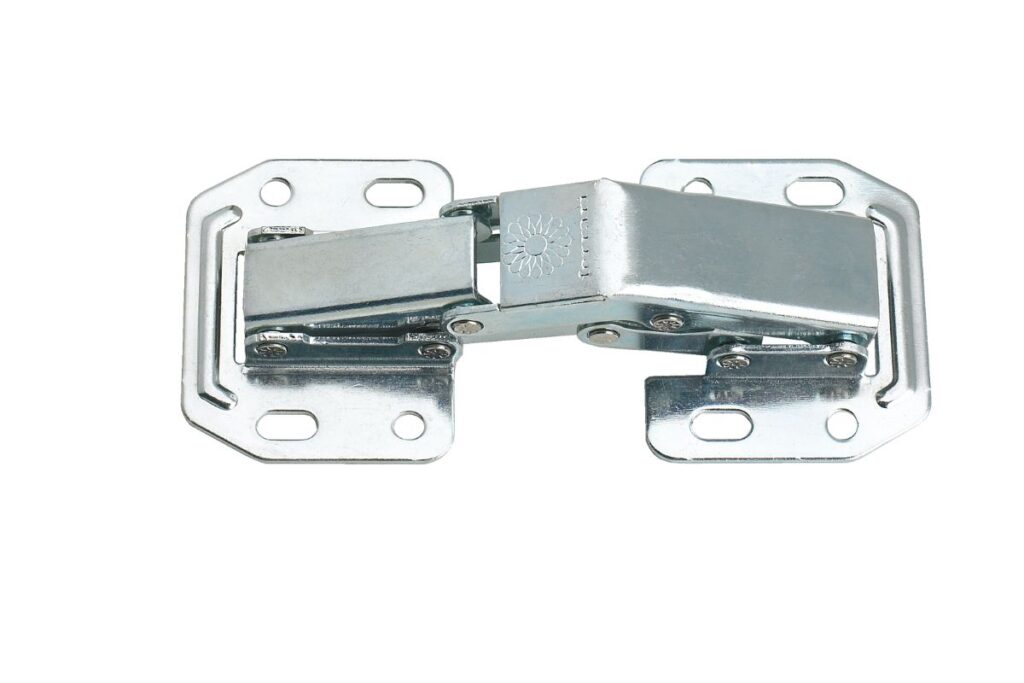
Soft-Close Hinges are a popular choice for homeowners who want to ensure their cabinet doors close smoothly without slamming. These hinges feature a mechanism that slows the door as it closes, preventing it from hitting the cabinet frame. This feature is especially useful in high-traffic areas like kitchens and bathrooms, where doors are often used.
Each type of hinge has its unique advantages, and the choice of which one to use depends on the specific needs of your cabinetry. Whether you want a completely invisible hinge or a soft-close mechanism, there are options to suit every design preference.
Benefits of Using Hidden Cabinet Hinges
Hidden cabinet hinges offer numerous benefits that make them a popular choice for modern homeowners. One of the primary advantages is the enhanced aesthetic appeal. With hidden cabinet hinges, there are no visible screws or hardware interrupting the clean lines of the cabinetry. This creates a sleek and polished look, which is ideal for contemporary kitchens, bathrooms, and other living spaces.
Additionally, hidden cabinet hinges improve the durability and functionality of your cabinets. These hinges are designed to withstand years of use, providing smooth and reliable performance. The concealed design also reduces the risk of damage to the hinge itself, as it is protected from external wear and tear.
Hidden cabinet hinges also contribute to space optimization. In traditional cabinets, the exposed hinges often require extra space for the doors to swing open fully. Hidden hinges, on the other hand, allow the doors to open wider, making it easier to access the contents of the cabinet. This feature is especially beneficial in kitchens and bathrooms, where storage space is often limited.
Finally, hidden cabinet hinges can enhance safety. Soft-close hinges, in particular, prevent doors from slamming shut, reducing the risk of injury. This is especially important in homes with children, as the gentle closing action of the door makes it safer to use.
Choosing the Right Hidden Cabinet Hinges for Your Home
When selecting hidden cabinet hinges, there are several factors to consider to ensure you choose the best option for your needs. Cabinet style and design play a crucial role in determining the type of hinge that will work best. For frameless cabinets, concealed European hinges are often the best choice, while face-frame cabinets may require a different style of hinge.
Material and finish options
Material and finish options are also important considerations. Hidden cabinet hinges are available in a variety of materials, including stainless steel, brass, and nickel. The material you choose should complement the overall design of your cabinetry and fit within your budget. Additionally, the finish of the hinge should match the color scheme and aesthetic of the room.
Weight and size considerations
Weight and size considerations are essential when choosing the right hidden cabinet hinges. The weight of your cabinet doors will determine the type of hinge required to support them. Larger and heavier doors will need more robust hinges, while smaller, lighter doors can be supported by lighter hinges.
Finally, it’s important to ensure the hinges are compatible with existing hardware. If you are replacing old hinges, make sure the new ones are the right size and can be installed without major modifications to your cabinet. Consulting with a professional or referring to manufacturer guidelines can help ensure a perfect fit.
Installation Tips for Hidden Cabinet Hinges
Installing hidden cabinet hinges is a straightforward process, but it does require some basic tools and knowledge. Before starting, make sure you have all the necessary tools, including a drill, screwdriver, and measuring tape. Follow the manufacturer’s instructions carefully to ensure proper installation.
Start by measuring the placement of the hinge on the cabinet door and marking the position on the frame. Drill the holes for the hinge screws, ensuring that they are aligned properly. Once the hinges are in place, attach the door to the cabinet frame and make adjustments as needed to ensure the door hangs evenly.
It’s important to avoid common mistakes such as misaligning the hinges or installing them too far from the edge of the door. These errors can cause the door to swing improperly or create gaps between the door and cabinet frame. If you’re unsure about the installation process, it may be worth consulting a professional to ensure the hinges are installed correctly.
Real-Life Applications and Case Studies
cabinet hinges are used in a variety of settings, from kitchen renovations to custom furniture projects. In kitchen designs, they offer a modern look while providing practical benefits like space optimization and soft-close features. Homeowners often choose hidden hinges for their bathroom vanities as well, where a clean, seamless look is desired.
For custom furniture projects, cabinet hinges provide the flexibility to create unique pieces that blend functionality and design. Whether it’s a bespoke wardrobe or a custom bookcase, hidden hinges can help achieve the perfect finish.
Cost Considerations and Budgeting
The cost of cabinet hinges varies depending on the type, material, and brand. Concealed European hinges, for example, tend to be more affordable, while invisible hinges and no-bore options can be more expensive. The price is also influenced by the quality of the materials used and the brand’s reputation.
When budgeting for hidden hinges, it’s important to consider the long-term value. Investing in high-quality hinges will save you money in the long run, as they are more durable and require less maintenance. While it may be tempting to opt for cheaper options, it’s worth spending a little more to ensure your hinges last for years.
Conclusion
Hidden hinges are an essential feature in modern cabinetry, offering both aesthetic appeal and practical benefits. They provide a sleek, minimalist look while improving the durability and functionality of your cabinets. By choosing the right type of hinge for your home and ensuring proper installation, you can create a seamless, polished design that enhances the overall look of your space.
If you’re considering a home renovation or simply updating your cabinetry, hidden hinges are a smart investment that will elevate the style and functionality of your home. Explore your options, consult with professionals, and make the best choice for your needs. Hidden hinges are the modern solution your house deserves.

